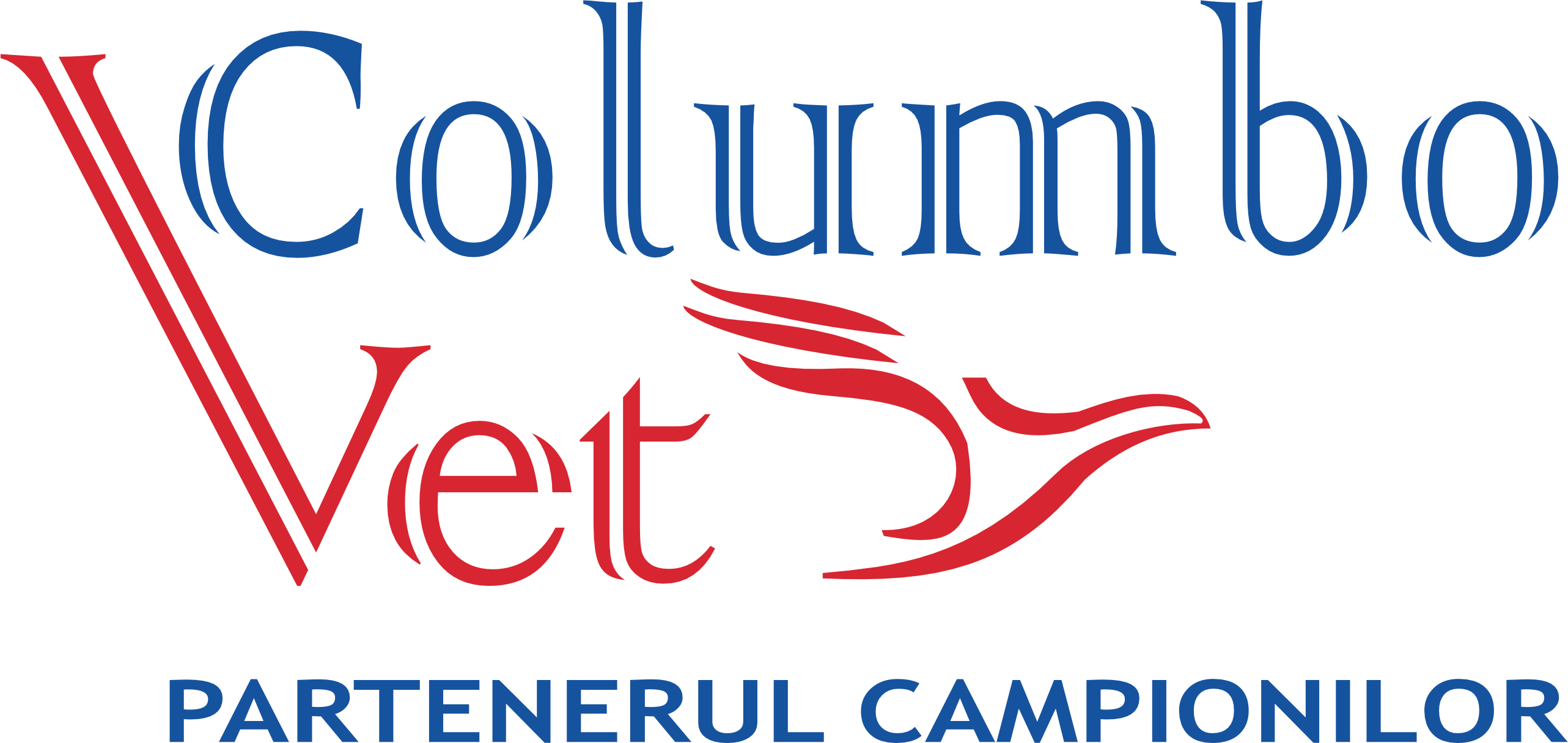
Trichomoniasis is caused by the protozoan Trichomonas columbae. It is a single-celled organism that lives in the digestive tract of pigeons, especially in the throat and goiter. The microbe is sensitive to the outside environment, surviving only a few minutes outside the pigeon's body. This helps to control the disease and means that the bird cannot become infected from the loft or the environment as is the case with other diseases (worms or salmonellosis). The trichomonad organism requires contact between birds to spread from one bird to another, usually transmitted through saliva or crop milk. Saliva contaminates food and water. When the pigeon drinks, the microorganism is released through its beak and, when another pigeon comes to drink water, it ingests the trichomonad organism. When a pigeon searches through food, every grain it touches is infected with this microorganism which is then automatically transmitted to the next pigeon. The disease is also transmitted by touching the beaks with an infected pigeon or when the parents feed their chicks.
The stress of the competitions will put any unitary system to the test. Depending on the level of stress, the level of trichomonads increases and decreases. When the level is high the pigeon can also develop secondary infections, especially respiratory infections, which will compromise performance in competitions. It also produces a toxin that will make the bird to have a bad condition. Birds with a high level of trichomoniasis are said to have "wet trichomoniasis". The signs of the disease are subtle and varied.
Latent pathogens (trichomonads) may be present in most pigeons, both mature and young, which are not regularly treated against trichomoniasis. This can present major problems even in the nest, the young having yellow pieces glued to the back of the neck.
In mature pigeons, in combination with the ornithosis complex, it can lead to serious complications. Even if the pigeons have a "natural" immunity against trichomoniasis, autumn can reach large and sudden outbreaks of this disease, in some cases, even death.
Symptoms:
- Loss of condition
- Bad digestion
- Bad droppings
- Crop mucosal inflammation
- Complications with ornithosis
- Yellow lumbs stuck in the back of the throat
Treatments:
- Ambronil
- Carnix
